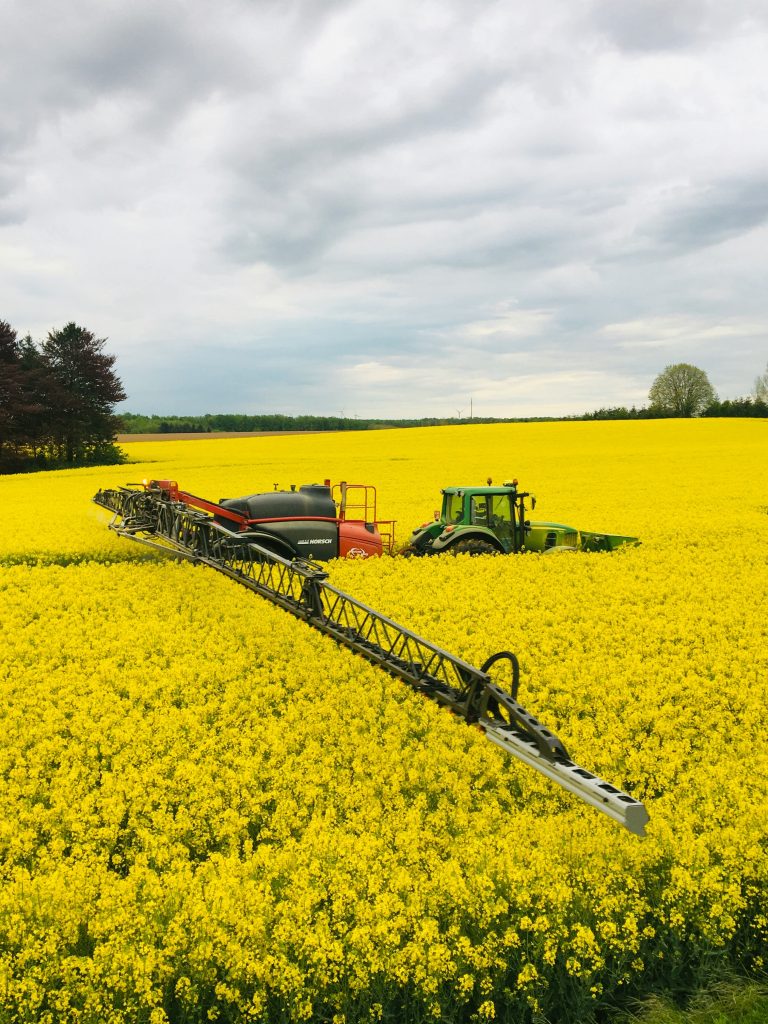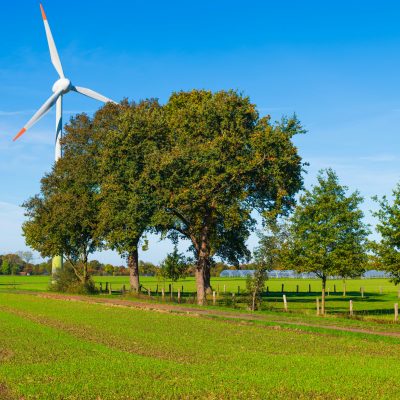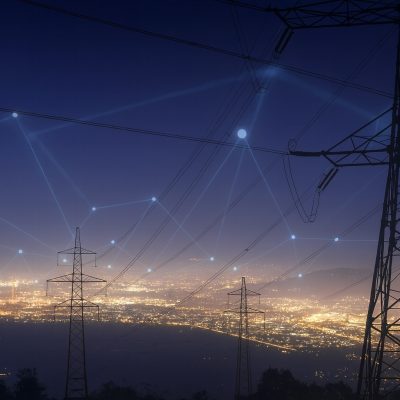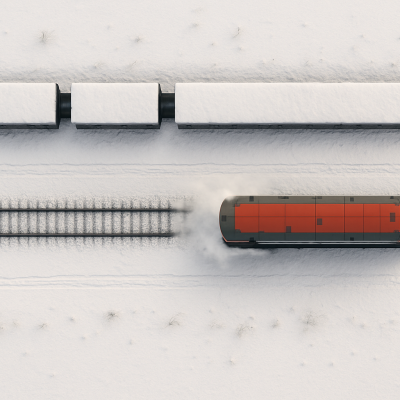CAP budget negotiations: Make or break for the European Union

“EU money for jobs, not cows”. Who could forget Tony Blair’s speech to the European Parliament in 2005, in which he claimed that “a modern budget is not one which continues to devote 40% of its spending to the common agricultural policy (CAP)”? The British prime minister was giving voice to the idea that a budget which spends significantly on agriculture is by definition archaic. Tony Blair’s criticism, today widespread, would be valid if the European budget was one of a federation. But it is rather one of a heterogeneous integration process, in which the CAP plays an avantgarde role. The CAP is the EU’s most integrated policy, and the only one to be financed mainly by the common budget. The level of CAP spending is therefore an indication of the weakness of integration in other areas rather than of the exorbitant cost of agriculture. Curiously, this error of reasoning has become dogma in the European debate. And yet to compare the costs of European public policies it is only necessary to add EU spending to member-state spending. Such a calculation shows that agriculture occupies 11th position in cumulated spending, with only 1.1% of the total, behind research and development (Bertoncini, 2009).




